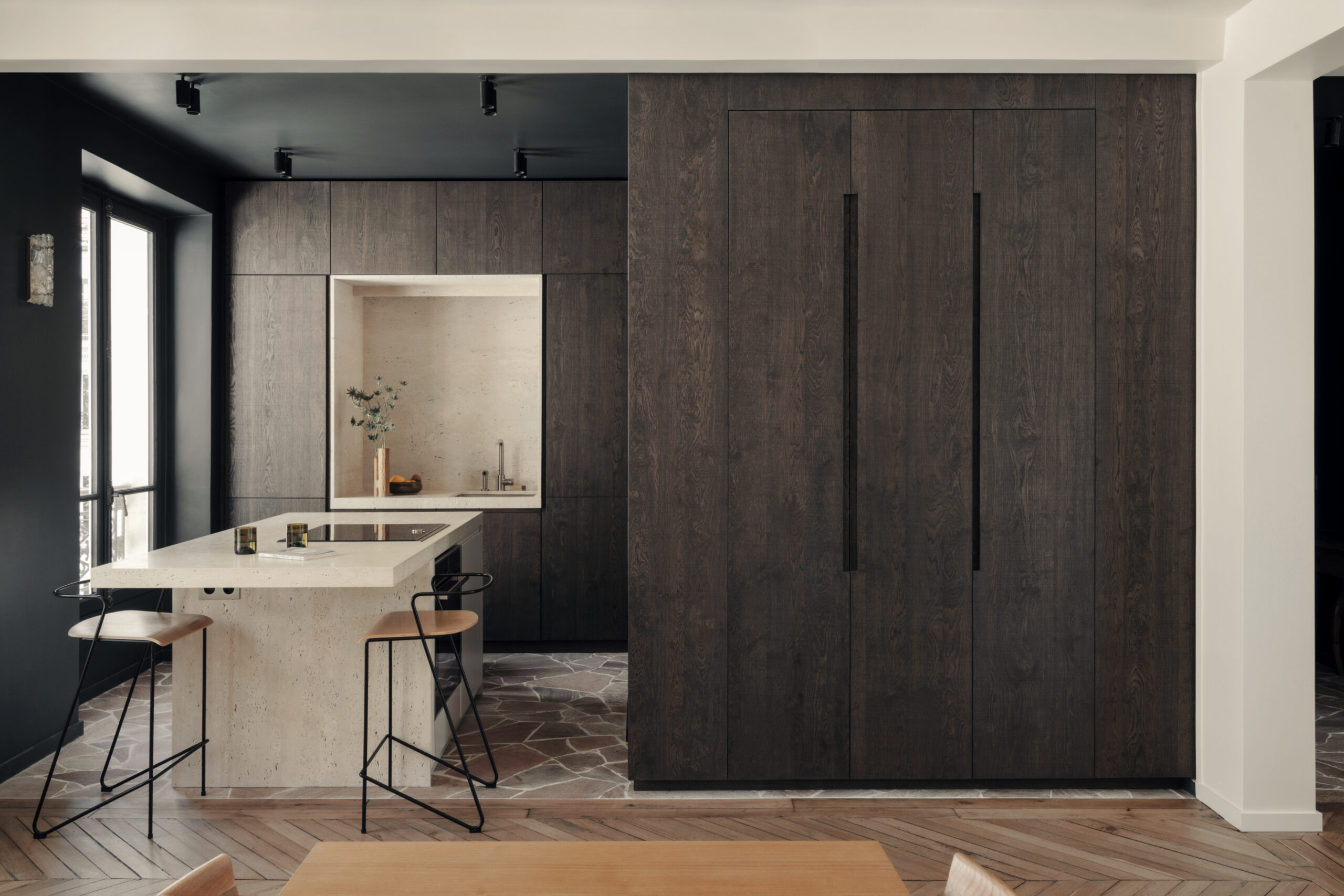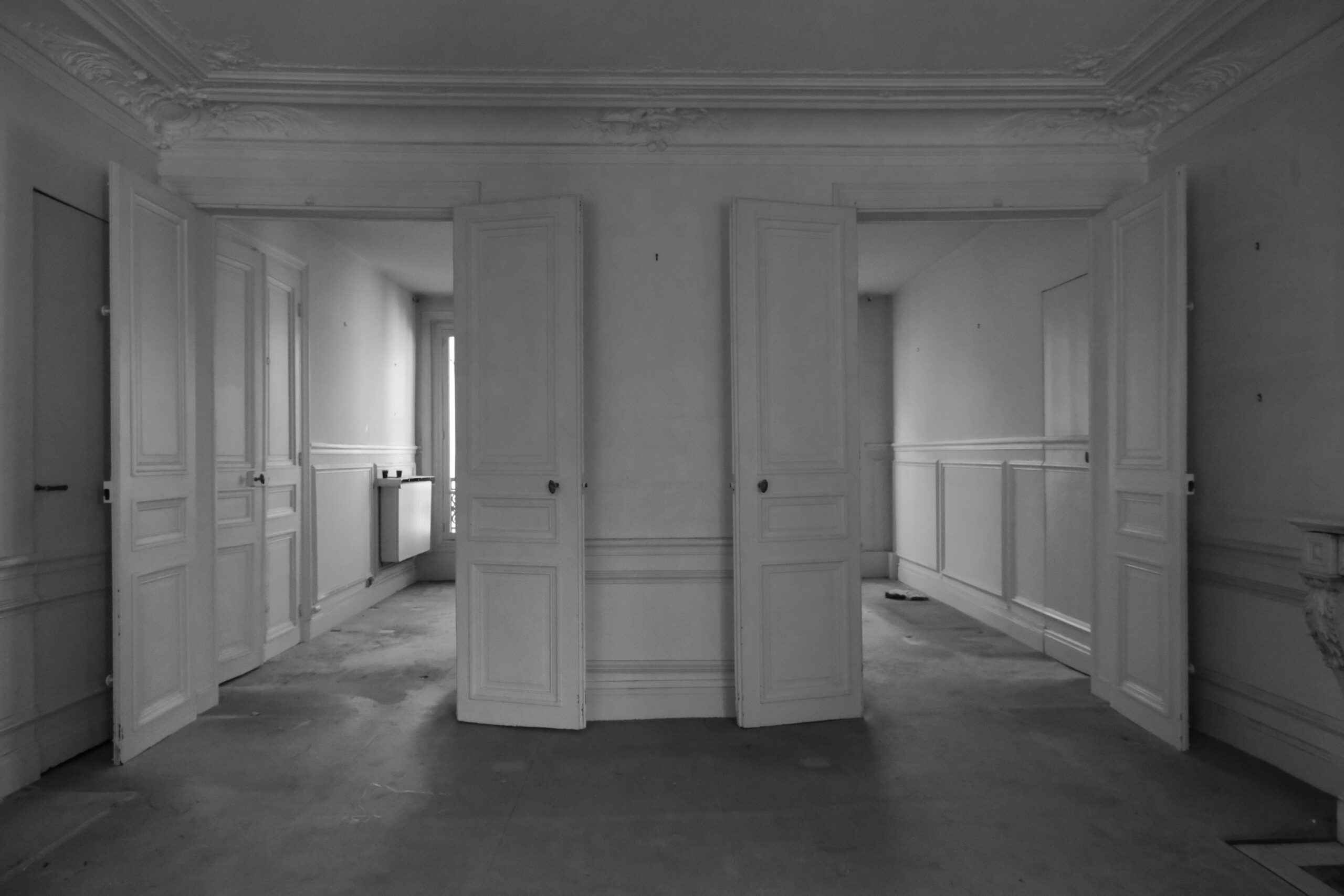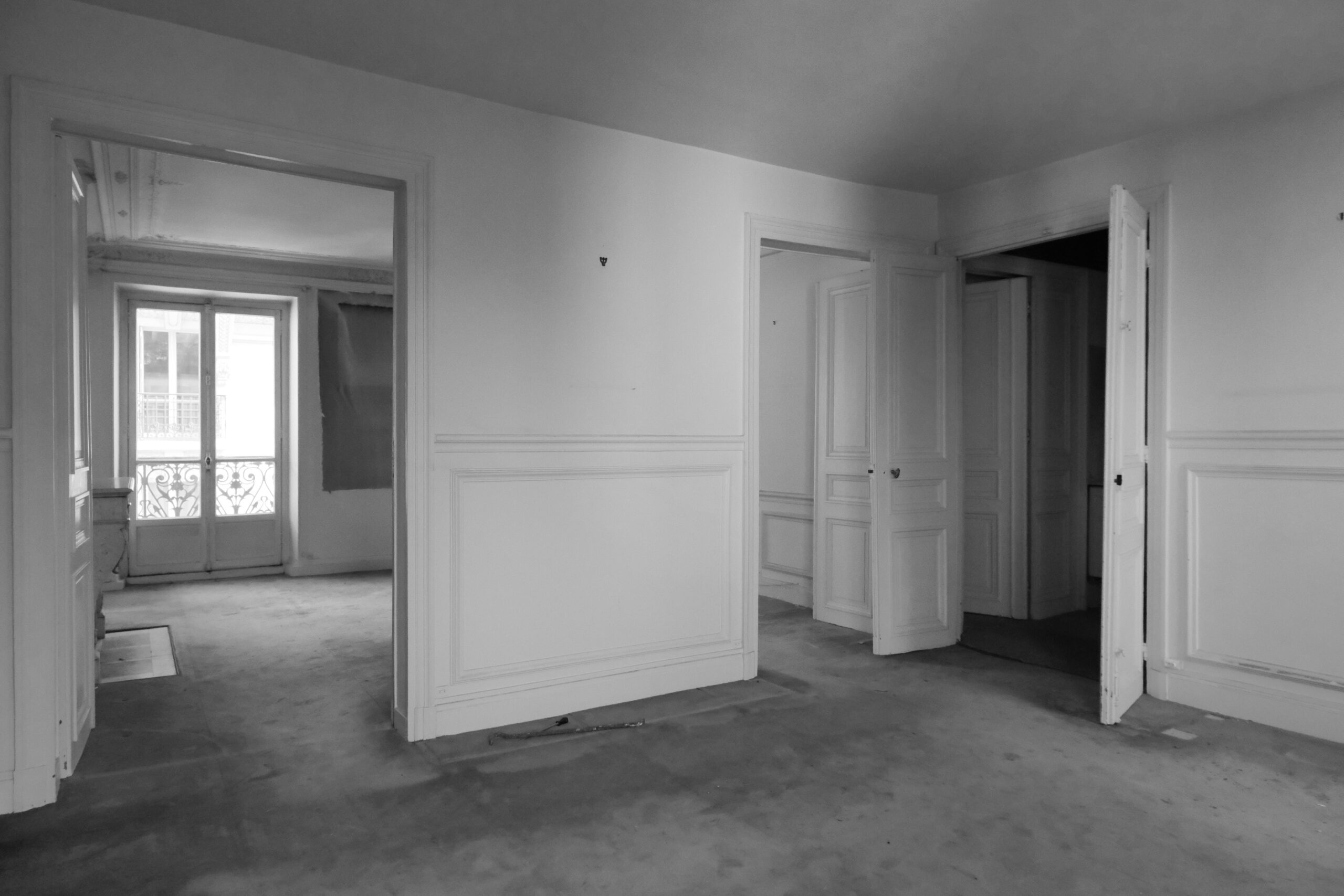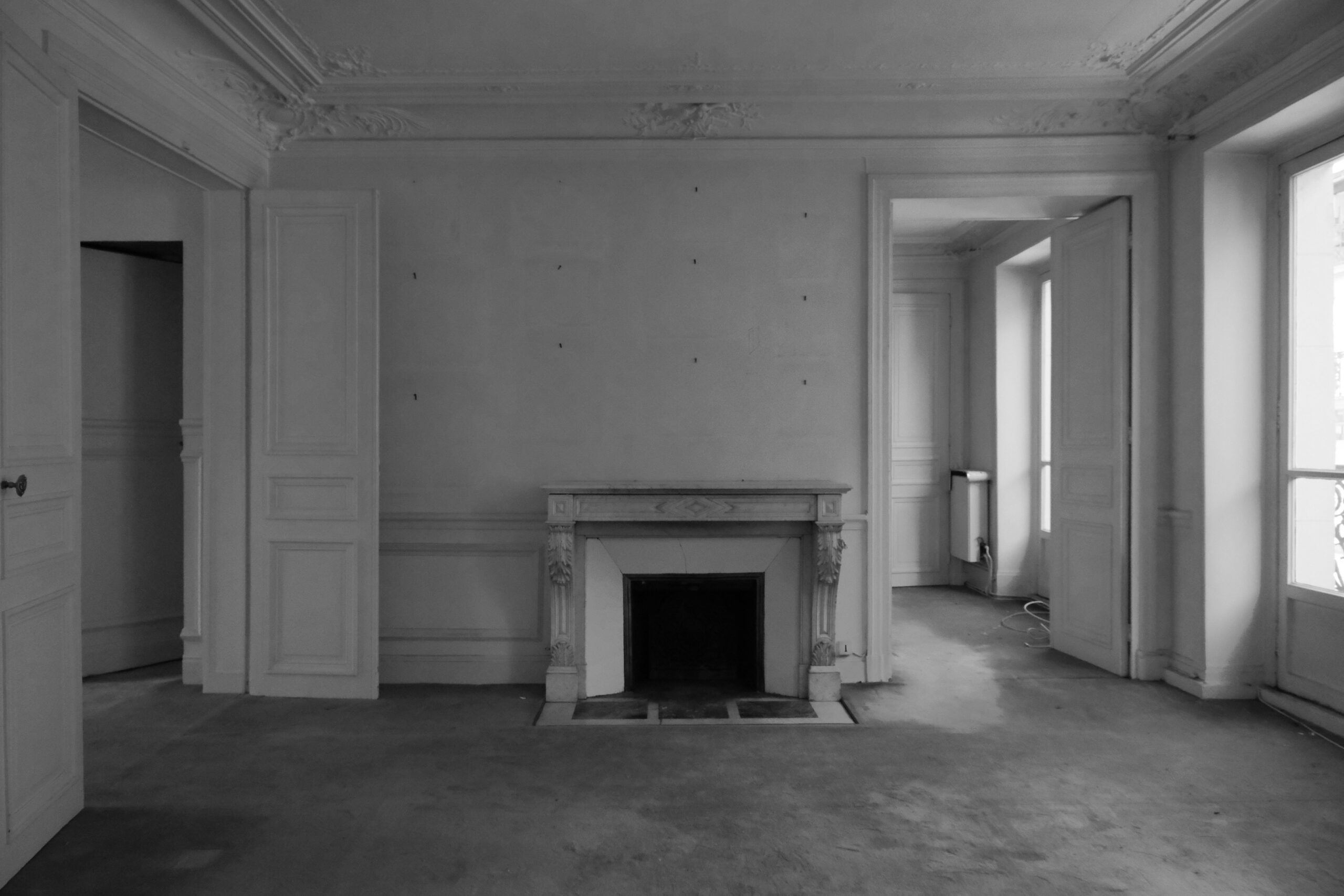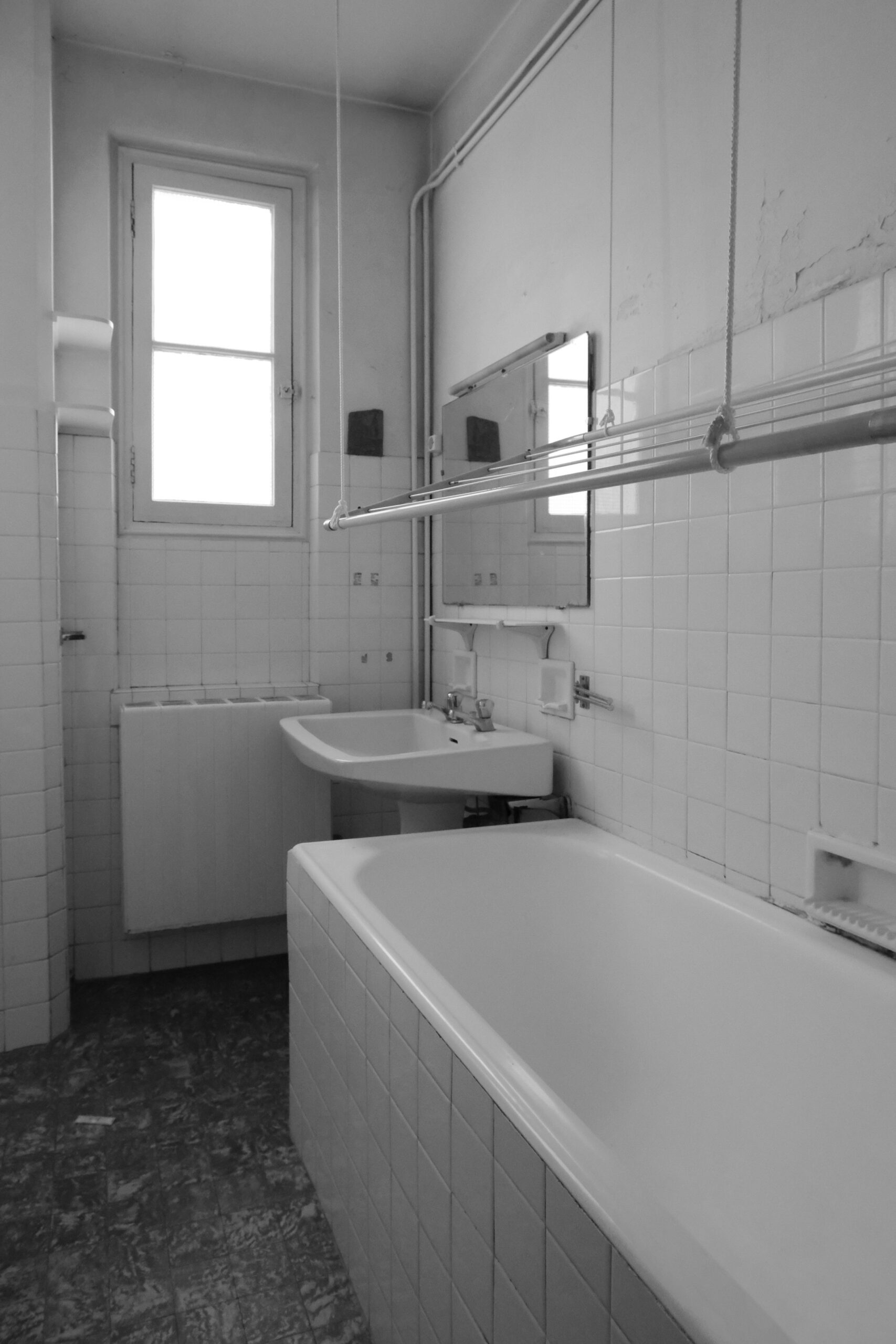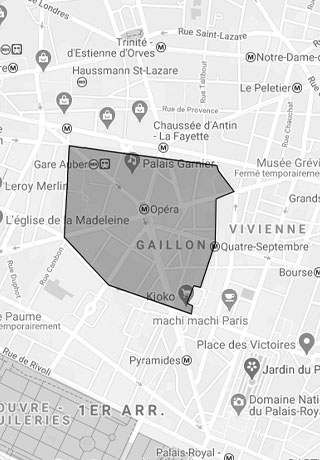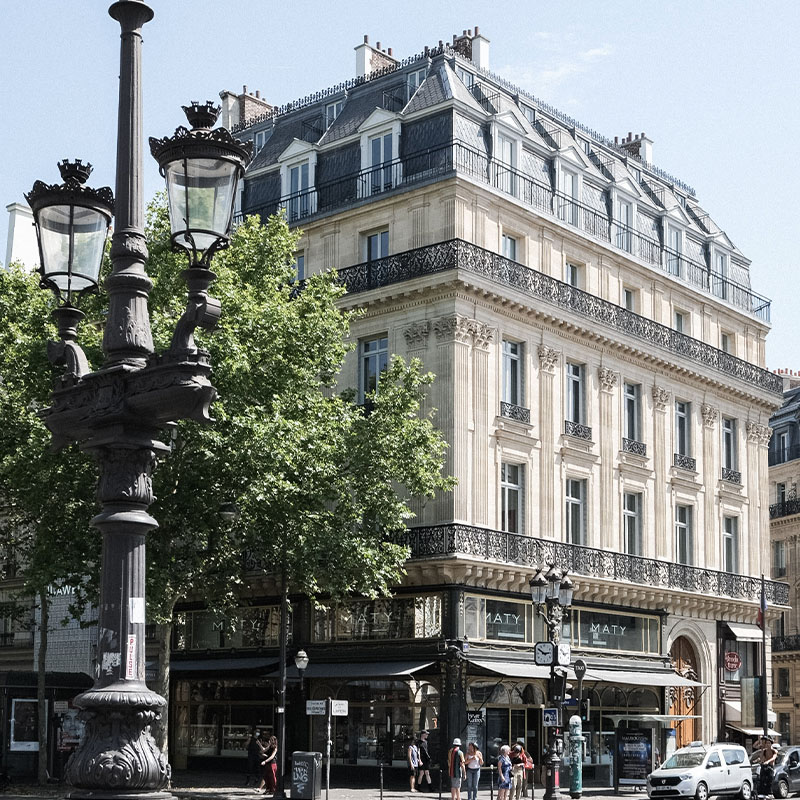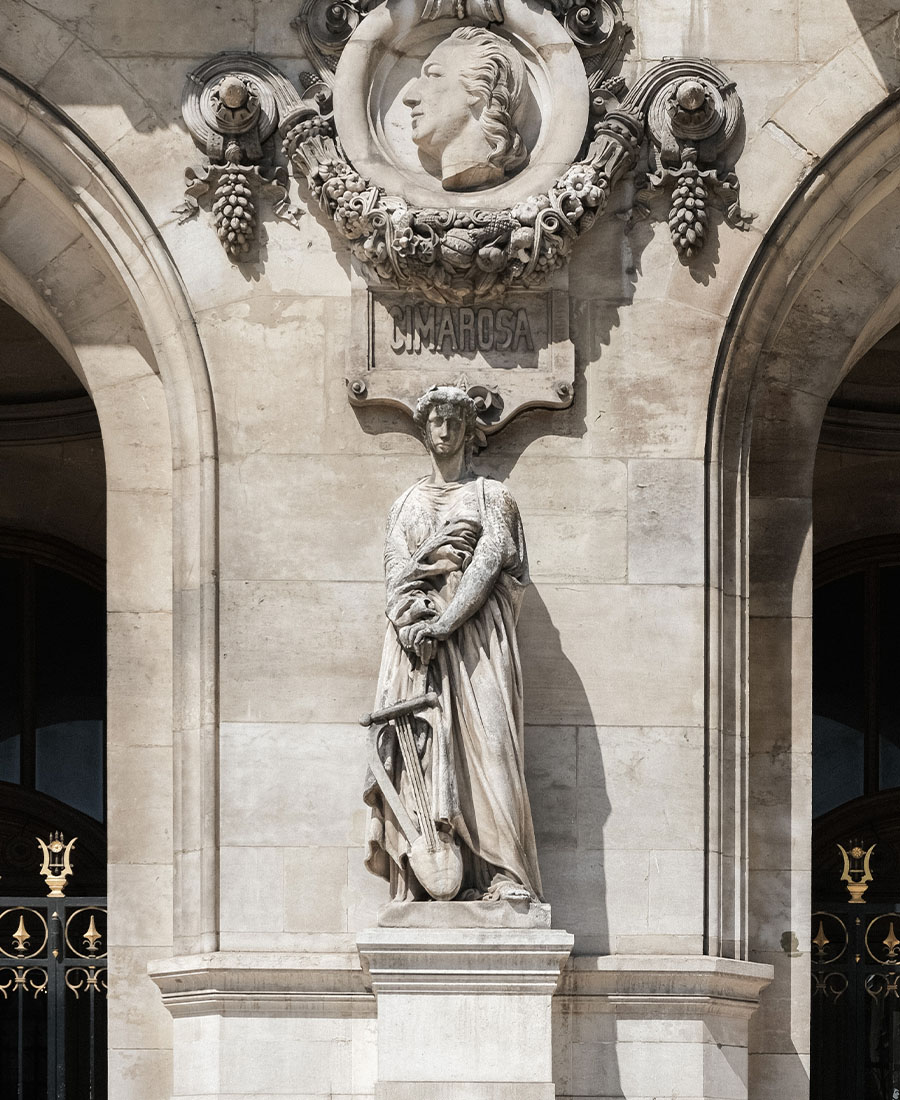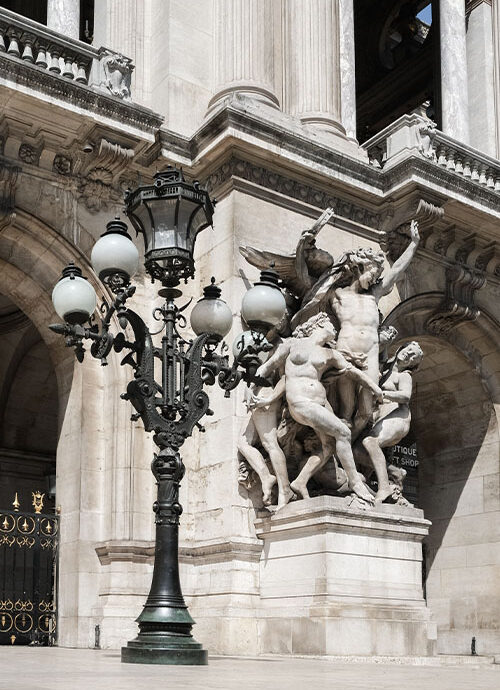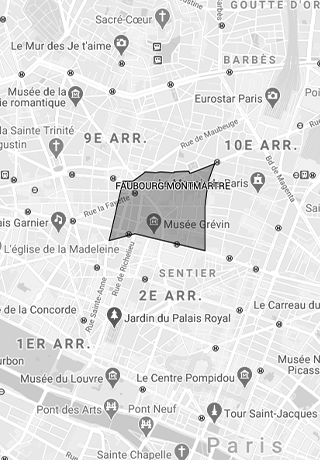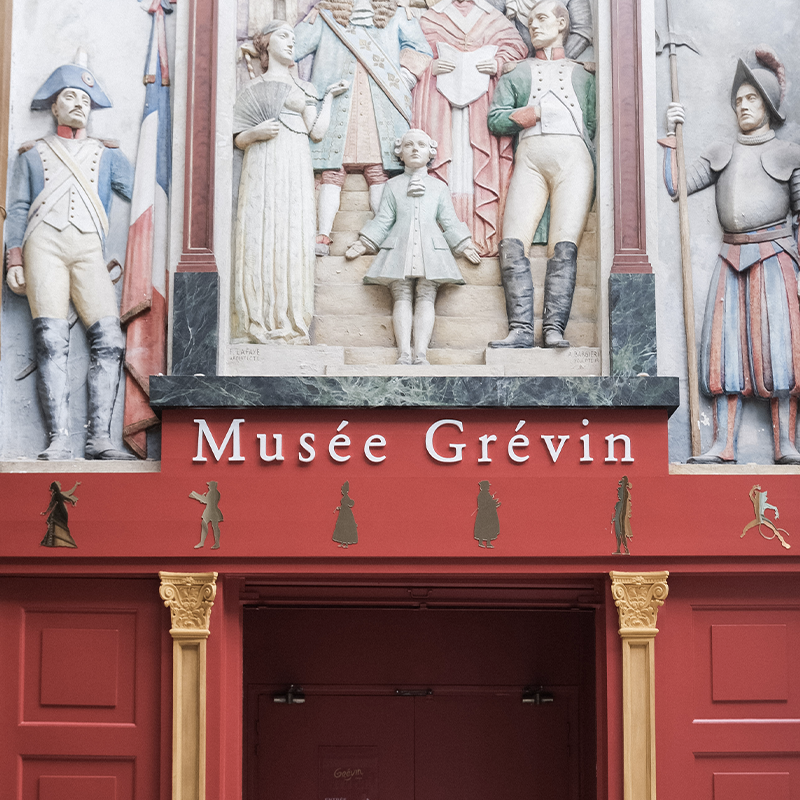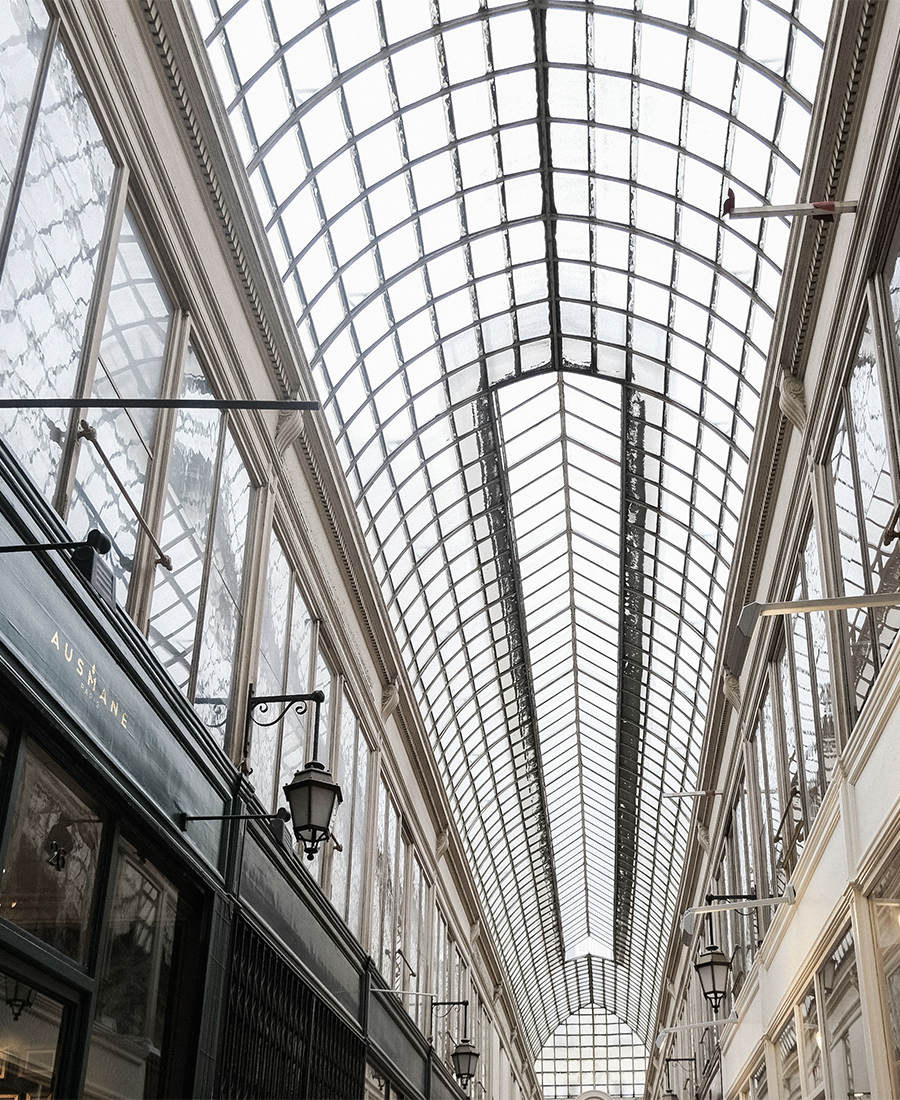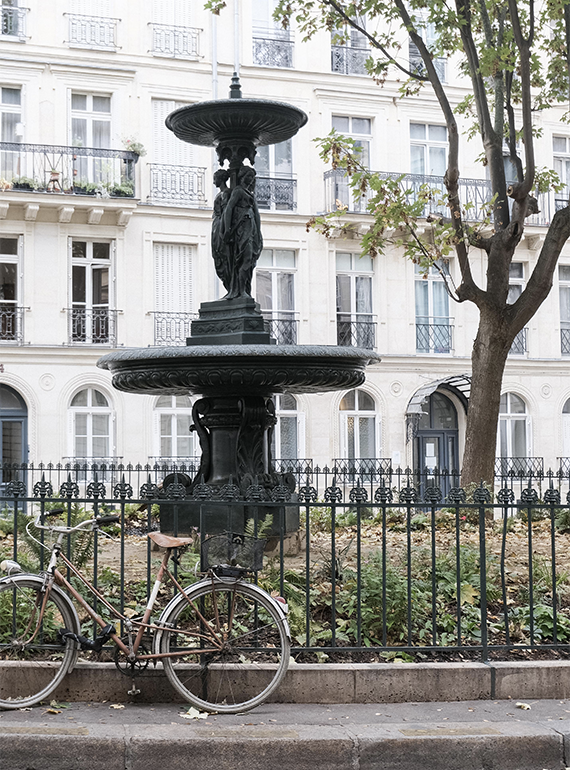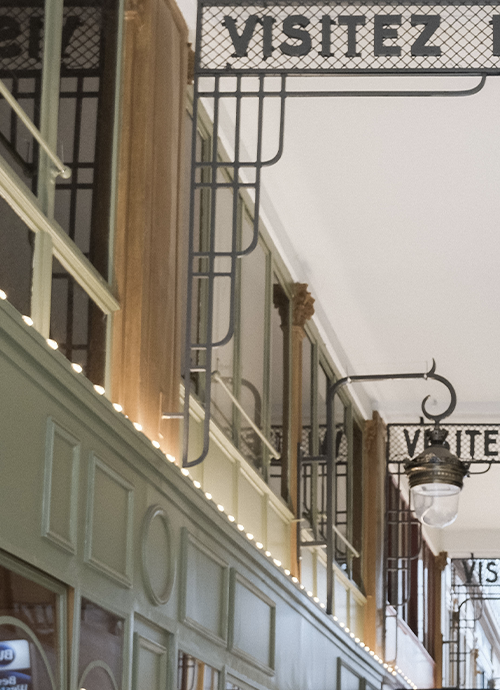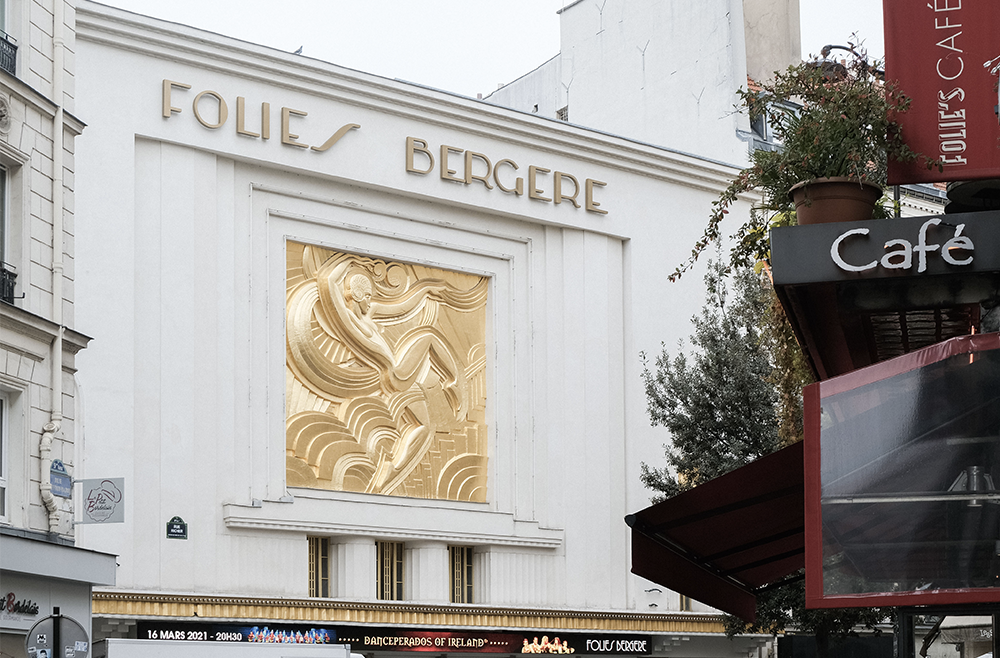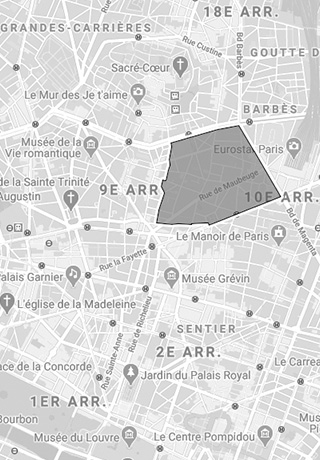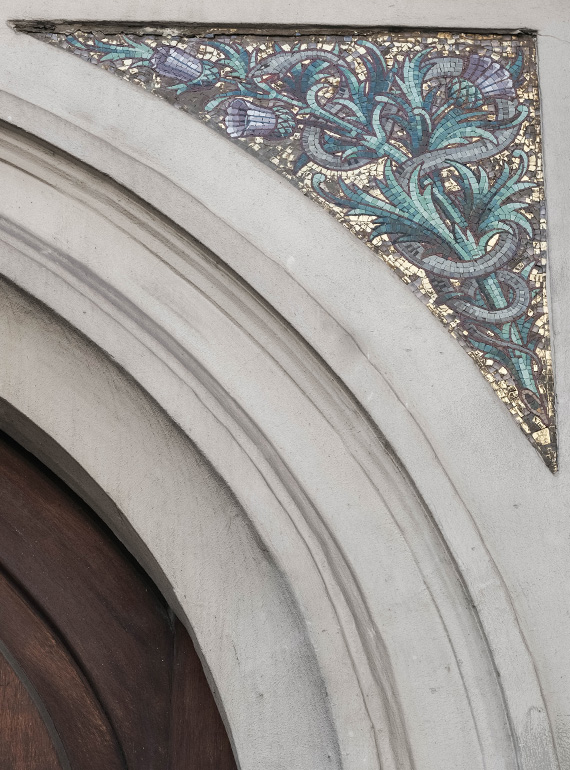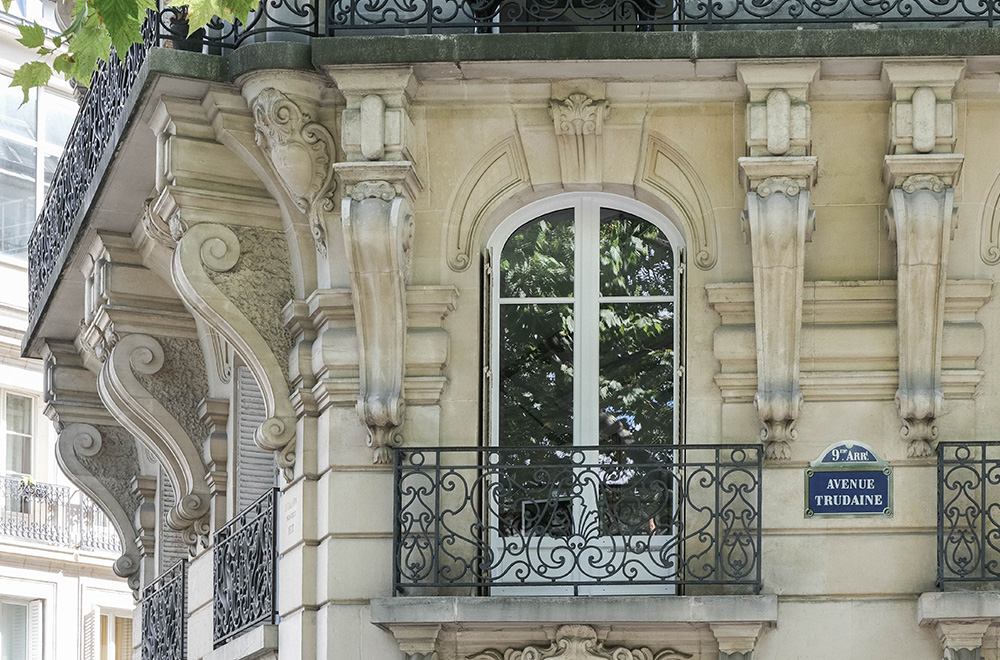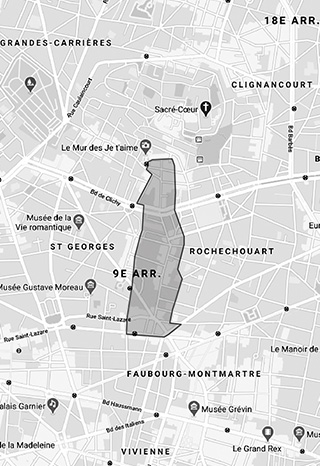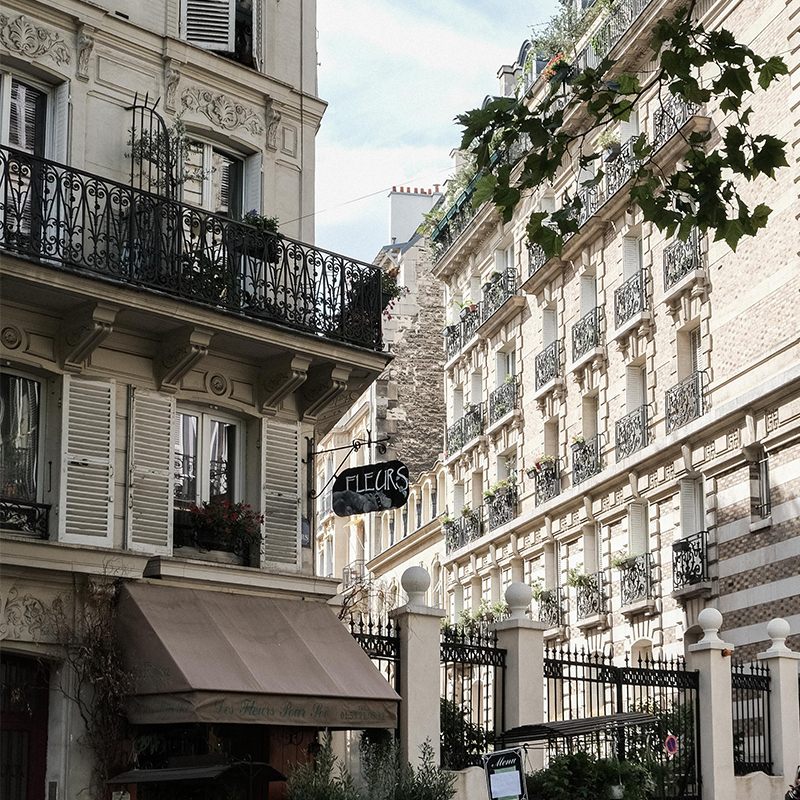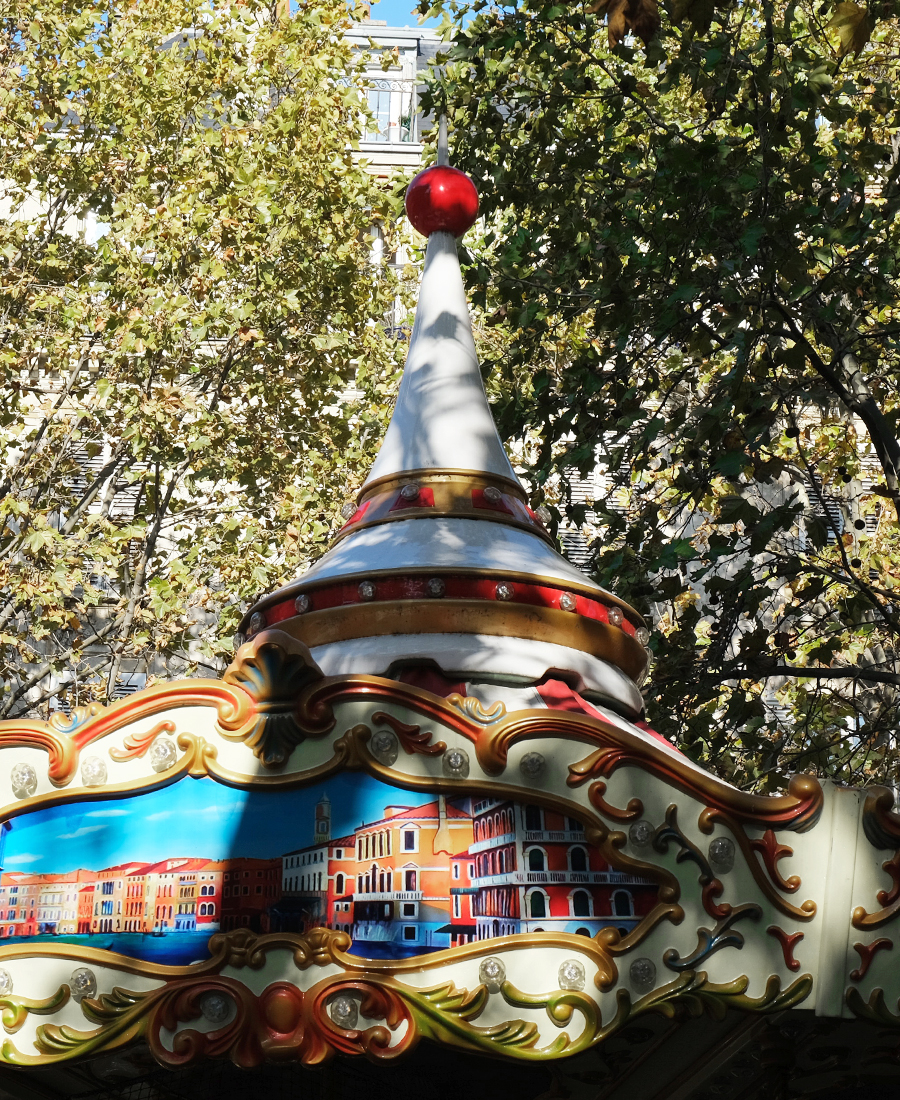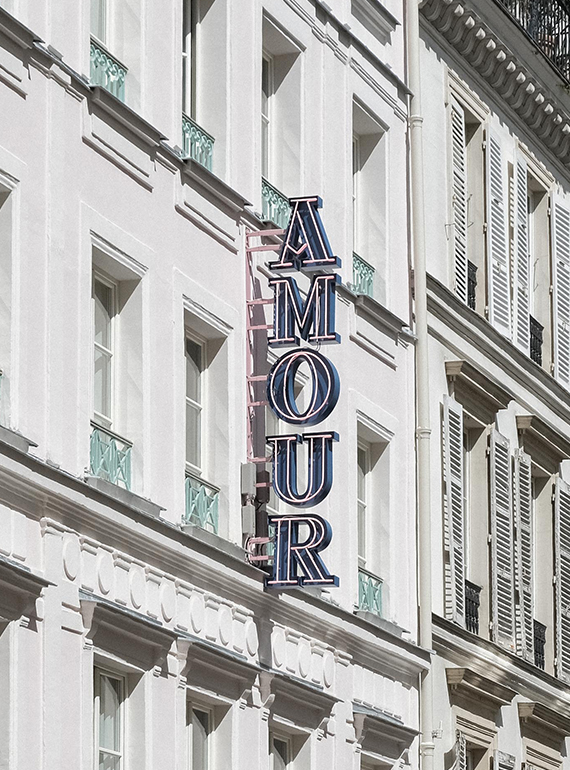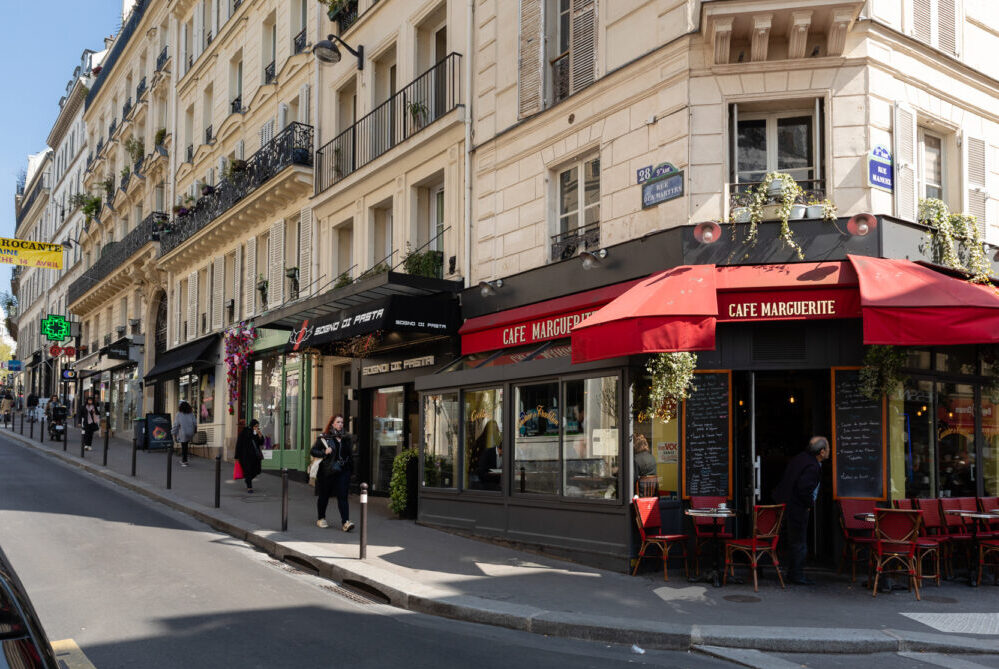A blank page to write in this apartment on the rue des Martyrs, which has been asleep for years. A playground of 112 m2 to invest fully.

Adapting an apartment to today’s uses and functions, thanks to the decompartmentalization of the kitchen and the creation of a parental bedroom with dressing room and large shower room.
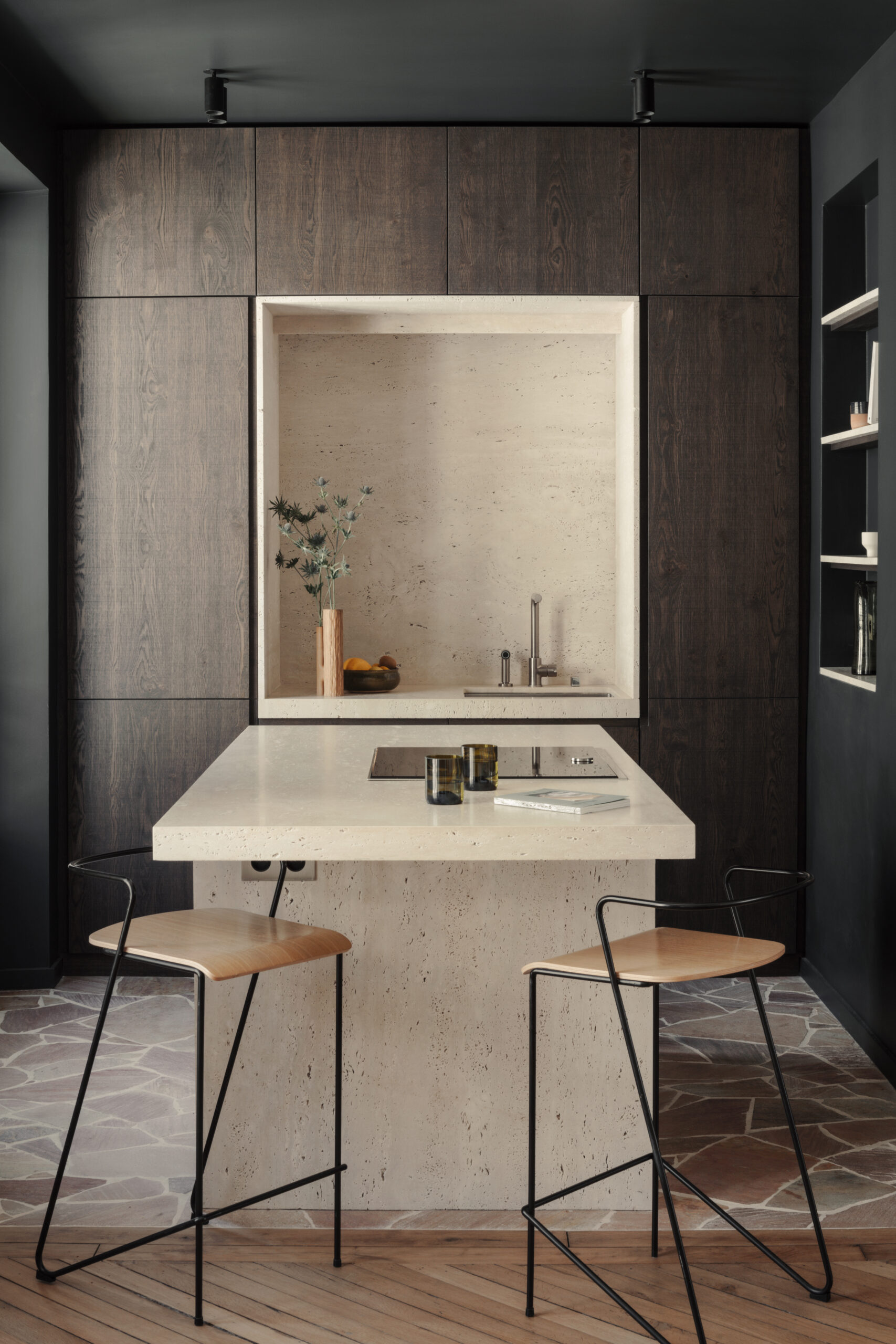
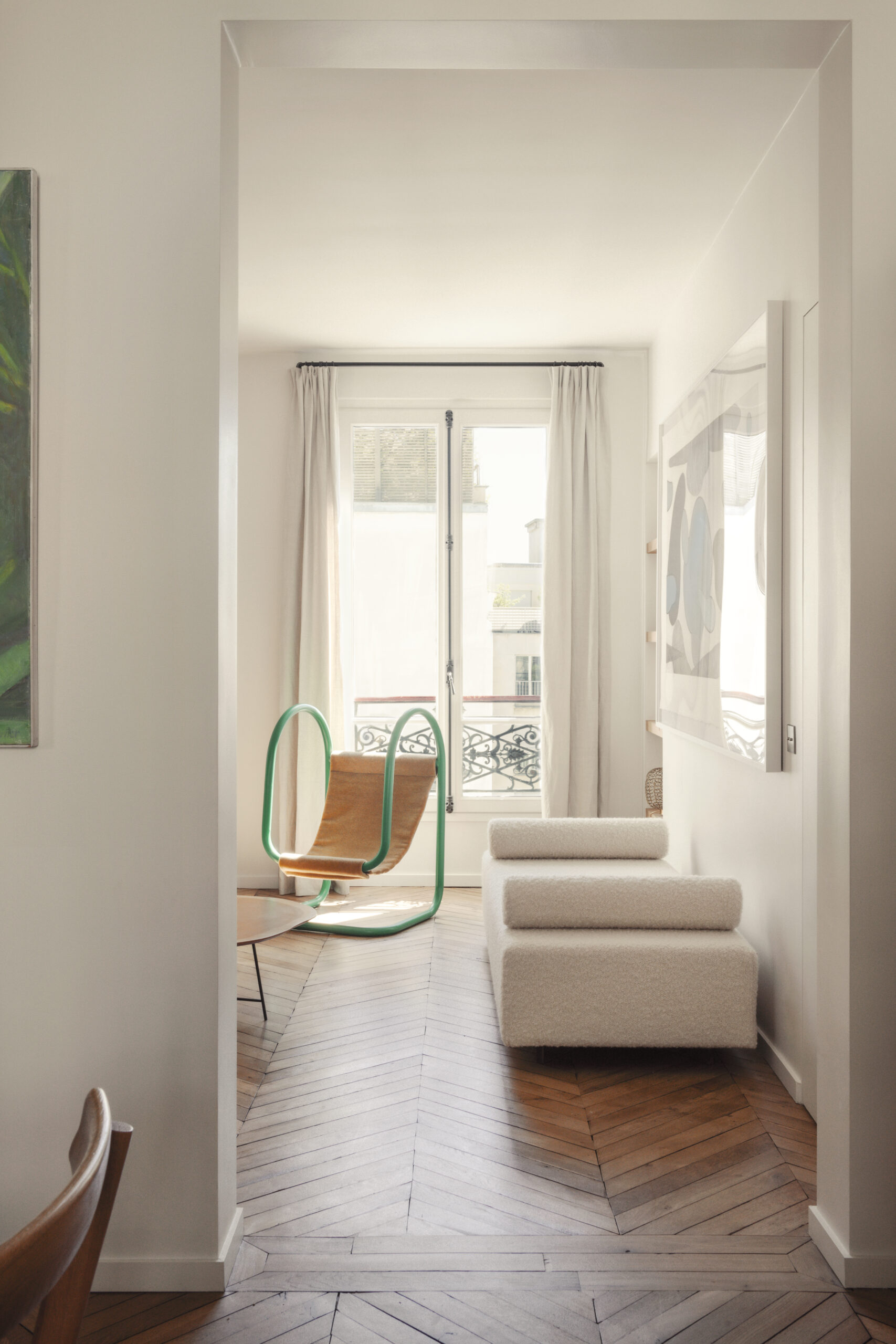

A strong intervention on the entrance space and the kitchen, completely remodeled, and the creation of a contrast of this space with the rest of the apartment. Thought as a small stage, everything in the kitchen is there to highlight materials such as pink Quartzite opus, travertine, and dark wood.
Materials of unusual use, such as the Incertum opus in Pink Quartzite in the kitchen floor and the entrance hall, create a sense of surprise and are enhanced by custom-made arrangements in blackened oak and dark paint.

The work on the custom-made layout elements has allowed the creation of functional spaces, as well as a simple and uncluttered reading of the spaces. It also allows to highlight elements such as a central island in travertine or furniture.
The adult bathroom, with its flowing shower and transparent dressing room, reveals a warm space bathed in light from the south.

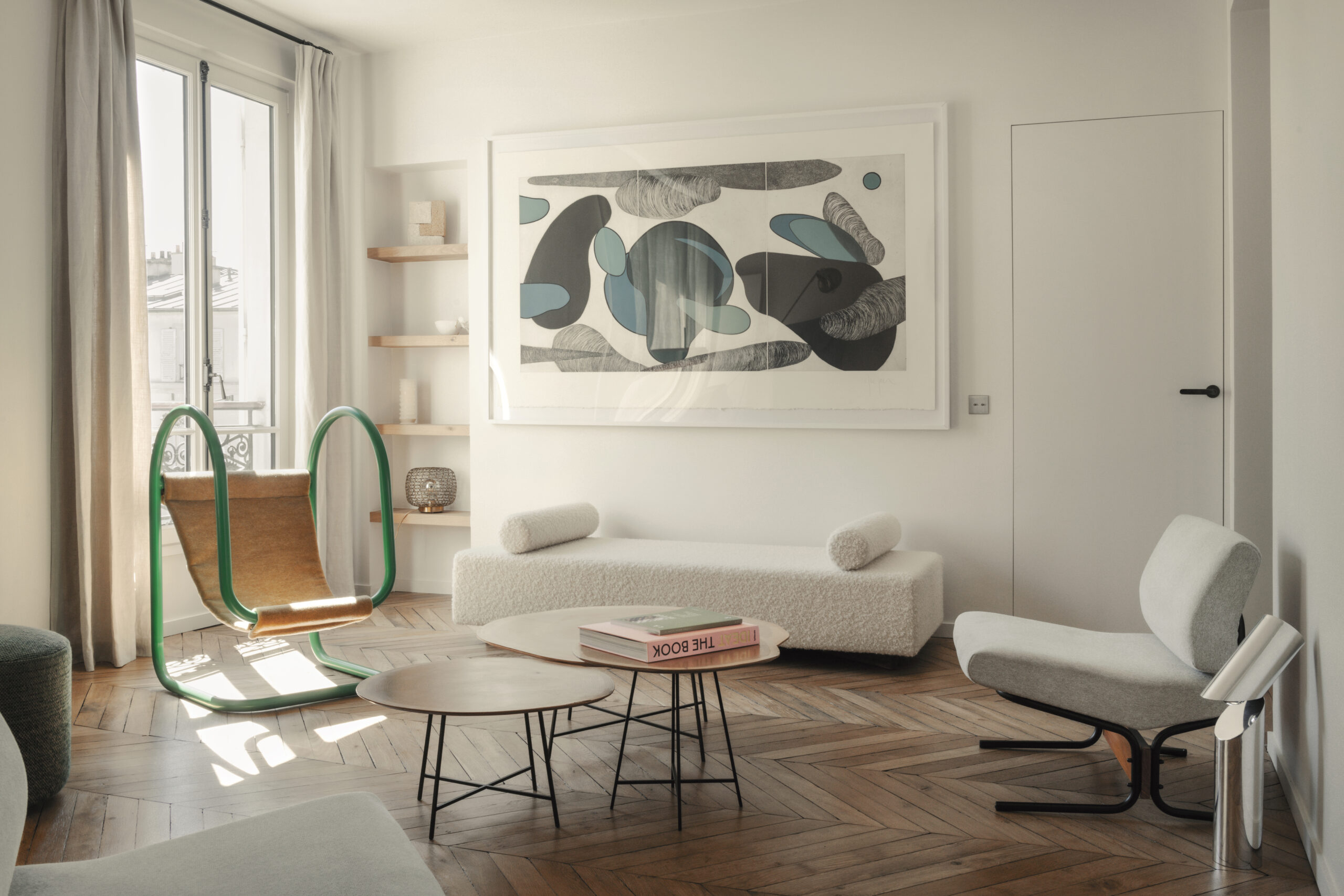
Clean lines and uncompromising style, with bold but always accurate choices.


